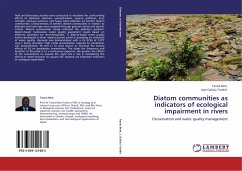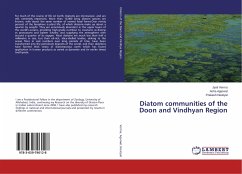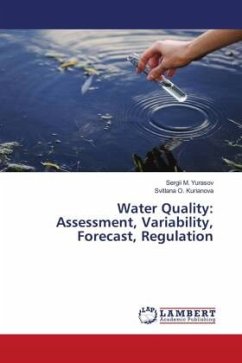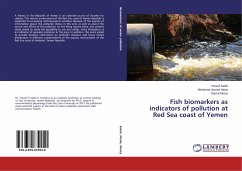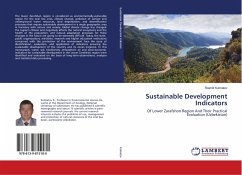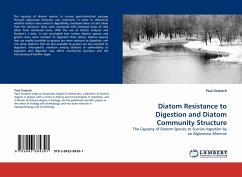Field and laboratory studies were conducted to elucidate the confounding effects of substrate selection, eutrophication, organic pollution, ionic strength, land-use patterns, and heavy metal pollution on benthic diatom communities. Characteristics of benthic diatom communities in relation to pollution level and type were analysed through general criteria and specific criteria. Diatom communities closely reflected the pollution gradient. Diatom-based multivariate water quality assessment results based on different substrates are interchangeable. 17 diatom-based water quality indices developed in other regions proved useful in providing an indication of water quality. Hormesis was demonstrated with a Cd EC50 of 0.077 mg.L-1 being recorded. High metal accumulation capacity by periphyton was demonstrated. Pb and Cr III were shown to decrease the toxicity effects of Cd on periphyton communities. The closer the frequency and duration of the pulse is to a continuous exposure, the greater the effects of the contaminant on aquatic life. Light has a role in modulating the effects of metal toxicants on aquatic life. Diatoms are important indicators of ecological impairment.

